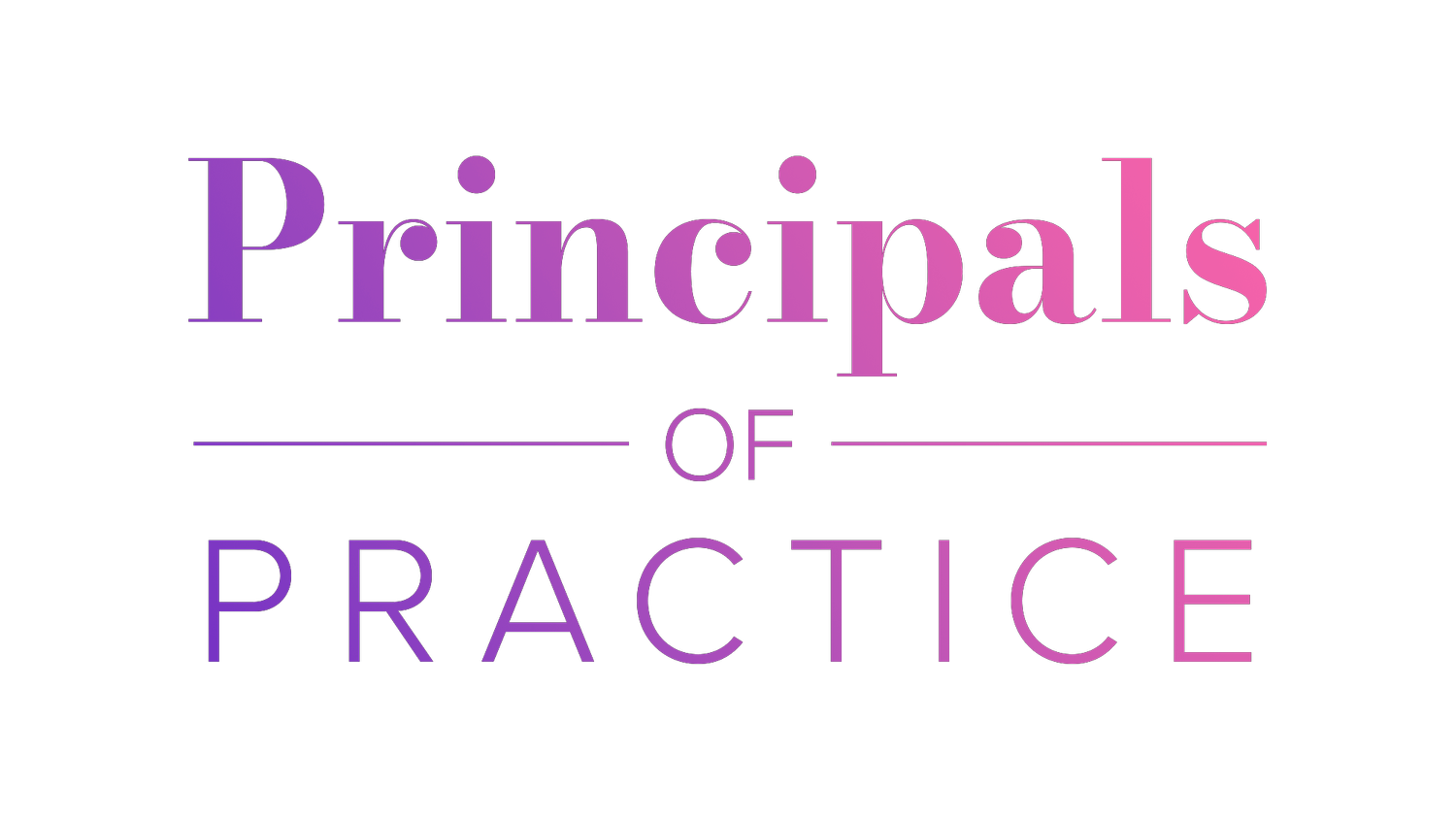Flexible working: how far can you stretch before you break?
After having my first child, my firm offered me a flexible working arrangement when I returned to work. I left the office at 4pm, hung out with my son until 7pm and then worked from home in the evening after his bedtime. I also worked from home one day a week.
It was amazing – I was so grateful for the time I could spend with my son in the afternoons, taking him for walks in the botanic gardens when most other lawyers were still at their desks. My commitment to work intensified and I was beyond happy to make up for my early finish by working late into the evenings.
Over the next six years, I continued to work this way. During this time I had two more children and was promoted to partner. I was making it all work! Or was I?
If I have it all, why I am so stressed?
As work responsibilities increased and my family grew, the afternoon walks in the botanic gardens were replaced by hectic dinner times with trying to engage in conversations with a preschooler, preventing a toddler from throwing food all over the floor and spoon feeding a baby, all while frantically snatching moments to respond to emails under the table. During this ‘chaos hour’, the dog would chase the cat, the cat would chase the dog and I would wonder whether I had bitten off more than I could chew. Is this what having it all was all about?
I realised that my flexible working arrangement had me bending so far backwards to stay on top of things that I felt broken. I had no time to myself, barely any time to exercise and certainly no peace. I was exhausted. I picked up every cold, flu and allergy that was going around and I knew I couldn’t keep it up.
If I knew then what I know now
There were many aspects of my flexible working arrangement that worked well but today, I would do things differently to make a flexible working arrangement more practical, enjoyable and sustainable for myself, family and the firm.
Schedule time for health and wellbeing: I felt that every moment I was not working had to be spent with my children and every moment my children were at childcare or asleep, I had to be working. I didn’t exercise or relax at lunch (how could I when I was going to leave at 4pm?) and my mornings, afternoons, early evenings and weekends were set aside for the kids.
Sleep as a priority: Like many lawyers, I measured my contribution to the firm by the number of hours I spent working or liaising with clients. Few of us are striving to reach our target utilisation or revenue levels: most of us are aiming to exceed these targets, which is unsustainable when you’re sleep-deprived.
Rearrange expectations and not engage in ‘comparison-itis’: Comparing my work practices and contributions to what my colleagues were doing was unfair on me and counterproductive. And what’s worse, when other people in the firm told me not to compare, I didn’t listen to them! I felt so indebted for my flexible working arrangement that I wanted to prove that I could match the career trajectory of the other junior partners, who, in most cases, had completely different circumstances to me.
Insulate from criticism: While most people were supportive, there were a few people who did not appreciate my flexible working arrangement. Some of them openly questioned why a female partner would even consider having a third child (“Isn’t two enough?”) and others would comment on my “availability”. Rather than absorbing this feedback as information that said more about the person providing it, I took it personally. And it hurt – especially because I was sick, tired and already feeling inadequate (see above!)
Today, the ultimate flexible working arrangement for me is a life when my wellbeing is prioritised so that both my family and career can flourish. What does it mean for you?

